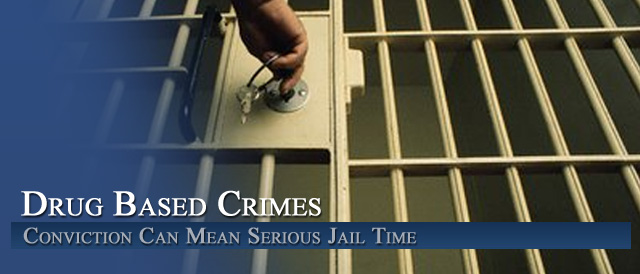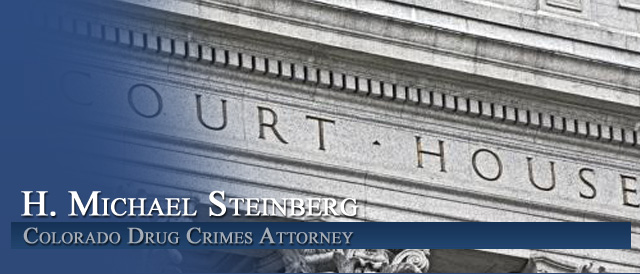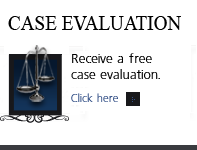




Colorado Drug Charges – Money Laundering Investigations
by Colorado Criminal Defense Lawyer for the Defense of Drug Crime and Money Laundering Charges – H. Michael Steinberg
Colorado Money laundering Issues
What is money laundering?
‘Money laundering’ is the name given to the process by which illegally obtained funds are given the appearance of having been legitimately obtained.
Why launder money and what are the consequences?
There are several reasons why people launder money. These include:
Hiding wealth: hiding illegally accumulated wealth to avoid its seizure by authorities
Avoiding prosecution: criminals can avoid prosecution by distancing themselves from the illegal funds
Evading taxes: criminals can evade taxes that would be imposed on earnings from the funds
Increasing profits: criminals can increase profits by reinvesting the illegal funds in businesses
Becoming legitimate: criminals can use the laundered funds to build up a business and provide legitimacy to this business.
How Is Money Laundering Detected?
…detecting patterns of suspicious transactions in the data it receives from reporting entities
…detecting hidden links between different persons (common address transfer of funds)
Money laundering is a typical conspiracy crime, defined as the process by which cash derived from a criminal enterprise is exchanged, intermingled, or converted with other cash which produces no trace of origin for the original cash.
The term goes back to the Al Capone days of Chicago mobsters in the 1920s who used local laundries to cover up their profits from gambling, racketeering, and bootlegging. It is the process of converting funds derived from illegal activities into spendable or consumable form. “Hiding” dirty money is not the same as “laundering” it.
The basic mechanics of money laundering, according to Richards (1999), involve three steps:
(1) placement – getting illegal proceeds into the mainstream financial system;
(2) layering – mingling the funds with those of legitimate origin and moving or transferring them around different financial institutions;
and
(3) integration – reintroducing the funds back into the mainstream economy to be invested or spent legitimately.
The United States addresses the crime of money laundering through laws:
The Bank Secrecy Act (1970) basically eliminates all anonymous banking in the United States. It gives the Treasury Department the ability to force banks to keep records that make it easier to spot a laundering operation. This includes reporting all single transactions above $10,000 and multiple transactions totaling more than $10,000 to or from a single account in one day. A banker who consistently violates this rule can serve up to 10 years in prison.
The 1986 Money Laundering Control Act makes money laundering a crime in itself instead of just an element of another crime, and the 1994 Money Laundering Suppression Act orders banks to establish their own money-laundering task forces to weed out suspicious activity in their institutions.
The 2001 U.S. Patriot Act sets up mandatory identity checks for U.S. bank patrons and provides resources toward tracking transactions in the underground/alternative banking systems frequented by terrorist money handlers.
For a more complete list of U.S. anti-money-laundering legislation, see FDIC: Bank Secrecy Act and Anti-Money Laundering.
The Money Laundering Control Act of 1986 allows the government to reach financial transactions and profits from specified unlawful activities. The legislation was designed to penalize financial transactions connected to organized crime and narcotics trafficking, and targeted the means by which proceeds of illicit activities were cleansed and changed into a “usable form.”Despite these lofty objectives, in practice, prosecutors have relied on the Act to charge individuals who have committed crimes generating financial proceeds and then engaged in the most pedestrian of financial transactions.
The government must prove four elements to convict a person of money laundering under § 1956.
First, the person must conduct or attempt to conduct a financial transaction.
Second, the transaction must in fact involve the proceeds of specified unlawful activity. The offenses constituting “specified unlawful activity” extend well beyond organized crime and narcotics trafficking to include fraud, bribery, gambling, counterfeit merchandise, and copyright infringement.
Third, the person must have knowledge that the proceeds resulted from some form of unlawful activity.
Fourth, the person must act:
(A) (i) with the intent to promote the carrying on of specified unlawful activity;
or
(ii) with intent to engage in conduct constituting a violation of section 7201 or 7206 of the Internal Revenue Code of 1986;
or
(B) knowing that the transaction is designed in whole or in part —
(i) to conceal or disguise the nature, the location, the source, the ownership, or the control of the proceeds of specified unlawful activity;
or
(ii) to avoid a transaction reporting requirement under state or federal law.
For an excellent analysis in the Champion Magazine of the National Association of Criminal Defense Lawyers – of the present state of money laundering prosecutions – CLICK HERE
Our Firm
H. Michael Steinberg has been a Colorado criminal law specialist attorney for 29 years. For the First 13 years of his career, he was an Arapahoe – Douglas County District Attorney Senior prosecutor. In 1999 he formed his own law firm for the defense of Colorado criminal cases. In addition to handling tens of thousands of cases in the trial courts of Colorado, he has written hundreds of articles regarding the practice of Colorado criminal law and frequently provides legal analysis on radio and television, appearing on the Fox News Channel, CNN and Various National and Local Newspapers and Radio Stations. Please call him at your convenience at 720-220-2277
Other Articles of Interest:
- FAQ: Colorado Criminal Drug Law – The Loss of Your Passport for Certain Drug Convictions
- Colorado Criminal Law – Your Rights – The Laws Governing Police Contact in Five Parts
- Restitution Laws In Colorado – Purpose Of Restitution Orders – Part II of III
- The Impact Of Drug Crime Convictions On Colorado Nurses License Certification 24-34-110 – 12-38-108
- FAQ: Colorado Criminal Law – Understanding The Controlled Buy – Bust – So Called Wrong Door Raids – the Abandonment of Proper Police Procedures












